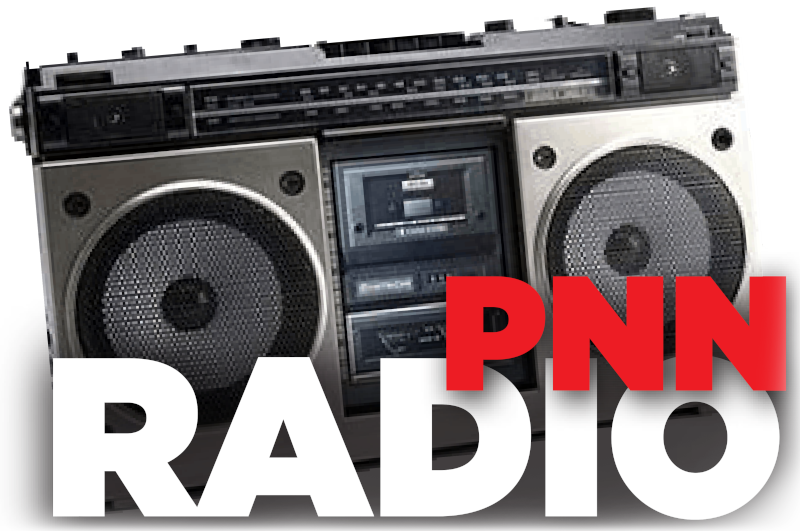How To Reduce Incarceration In The Barrios
Mass incarceration is an epidemic within U.S. Borders. With 2.3 million people today locked away there is a need to find a solution OURSELVES to reducing this browning population. Today's U.S Federal prison system is a majority Raza. (What's more, state prisons are quickly following this trend as the Raza population continues to rise.
In California today there is well over 100,000 people incarcerated and if we look to the states Security Housing Units (SHU' s) we find that the majority of those housed in California's SHU' s are Chicanos. The SHU has been described by Human Rights Watch and Amnesty International as “cruel and unusual.” It was in the SHU where history was made in a non violent hunger strike showing that we are not the “worst of the worst” after all. It can thus be said that in California Chicanos are feeling the brunt heel of incarceration.
Today the barrios have been criminalized and are the targets of drug sweeps, gang sweeps, Ice sweeps and the only thing missing are Tamale sweeps. Young Raza are in danger of going to the pinta or the morgue anytime they leave the casa. The days when a jefita could tell her hijos ride their bikes in the streets all day without worrying. Video games have been a blessing to many.
When we look at incarceration in the barrio we can quickly see that it is a plague that is more dangerous that any disease or drug that we may have encountered. Sure the barrios have crime, which can mostly be better described as poverty crimes. The barrios like any other community has it's share of drugs, alcohol, social ills must we not look to the roots of these problems?
THE CAUSE OF INCREASED INCARCERATION TODAY
Chicanos like anyone else don't exist out of thin air, we interact with the natural world that we live in and adapt and develop accordingly. We are survivors who attempt to deal with challenging circumstances in an even more challenging world. Often times it is the fact of us being in survival mode living hand to mouth. Many do not get the leisure to think deeply, to theorize and find creative ways to tackle our most pressing issues like incarceration.
The 1960's and 70's were the highest peak of the Chicano Movement and their was a heightened consciousness in the barrios. Rather than learning about the latest drug or crime, Raza were learning how to rise up and what Migra Terror was all about. The Chicano Movement was targeted like other social justice movements at the time and in it's place drugs and Lumpen organizations filled the vacuum.
Of course we need to get to work in the Brown community and install positive alternatives for our youth. We need barrio communities that work to install pride in the people and cultivate a new cultura where we re- connect to our history of inter-dependence that has been a part of not just Chicano culture but Mexican culture and of consanguineous culture, but it needs to be a revolutionary culture not the played out individualist way of doing things.
Today's society promotes an individualist approach and fosters behaviors which do not correspond to who we are as Raza. Our barrios need a new generation of activism where cultural events and workshops on community organizing are as popular as today's drug king pin.
Having spent the majority of my life incarcerated, I have spent a lot of time thinking about ways to combat incarceration in general and for the Chicano nation in particular. What me and some comrades have been discussing is not only do we need people on the outside to increase progressive work in the barrios is a more intense way, but gente need to also look to the prisons as well as prime target areas. We need to understand that in today's society prison life is often glorified in the barrios and to our youth via the corporate media. Shows like “Orange is the new Black”, “Lock up” and other such shows make a farce and trivialize our national oppression. They have attempted to create a prison chic for our youth and in some ways it has taken root.
We know much of our youth are influenced by people in prison so our real victory in reducing incarceration will be when we transform people in the pintas who will be released to the barrios at some point. If prisoners hold such influence on the youth, then it will be prisoners or ex prisoners who will be the key in reducing incarceration.
THE KEY IN REDUCING INCARCERATION
Transformation prisoners will come from the work of conscious prisoners on the inside educating our peers coupled with outside activists and progressive peoples helping to build that bridge between our two communities. But we need more collaboration and participation from both sides of the fence.
What we know is “rehabilitation” is not being provided by the prison or the state. We know this because in recent decades MOREA prisons have been filled and MORE Chicanos have been placed in these tombs also known as solitary confinement in the SHU. We are facing more of the “new greaser” laws that have been unleashed on Raza in California for us who rehabilitate ourselves. On a small scale this can be done by us building our independence institutions both in the pintas and outside of these concentration camps. This would consist of people's committees, liberation schools, our own press and youth brigades that operate these forms of people's power. On a large scale we also know that to totally transform the relations surrounding the economy in society. This would be correcting the lopsidedness between the haves and have nots.
ARE PRISONERS SALVAGEABLE
Many in U.S. society, including many within the Chicano nation have given up in prisoners or never saw any potential in these imprisoned social skeptics wrong. Indeed, if we look to prisons we find some of the most brilliant leaders in the struggle for social justice in U.S. borders in the last century have seen inside of a prison cell. Being in prison in the U.S. does not hold any stigma to me, having been persecuted by an oppressive entity like Amerikkka is actually an honor. Being further tortured in one of its control units likewise shows that something in my actions will put me on the right side of history.
The idea of prisoners as a potential progressive force in our community is understood when we grasp that incarceration in the U.S. is mostly applied for social control where it is poor people targeted and stuffed in these prisons more than the rich.
Prisoners have demonstrated the ability to develop consciously even under such a brutal form of national oppression. Perhaps we are pushing new boundaries here in U.S. control units as far as learning how much a human being can take and how much they can grow under extreme forms of settler repression.
What we are learning, the imprisoned Lumpen, is that struggle transform a people, it awakens us. But anywhere in the world when an oppressed people have begun to lift the boot off their necks the oppressor has found ways to smother this resistance and we expect this as well.
Conclusion:
Reducing incarceration in the barrios will come from our own efforts. When we begin to practice people's power and rebuild our nation, only then will we rehabilitate the people. Building on our momentum on the “end hostilities” inside and outside of prison and finding ways to build on it, as well as new modes of cooperation between the people will help to cultivate this transformation. For those out in society, finding ways to reach into the pintas and help nurture the imprisoned Chicano Movement which is in it's infancy, will be the key to reducing incarceration in the barrios. The End
Jose H. Villarreal



